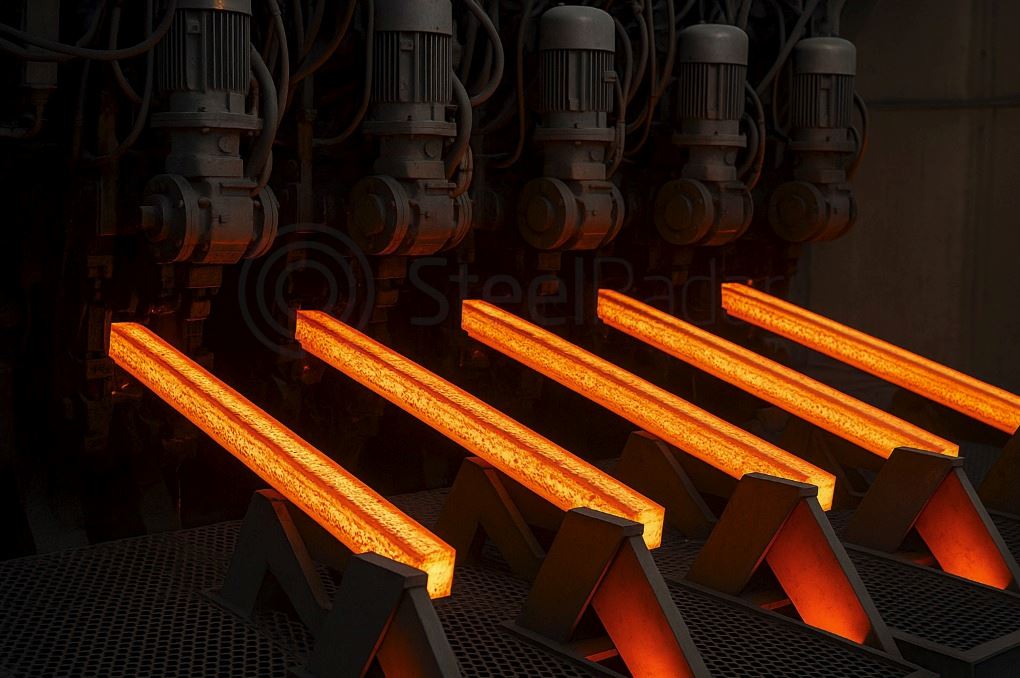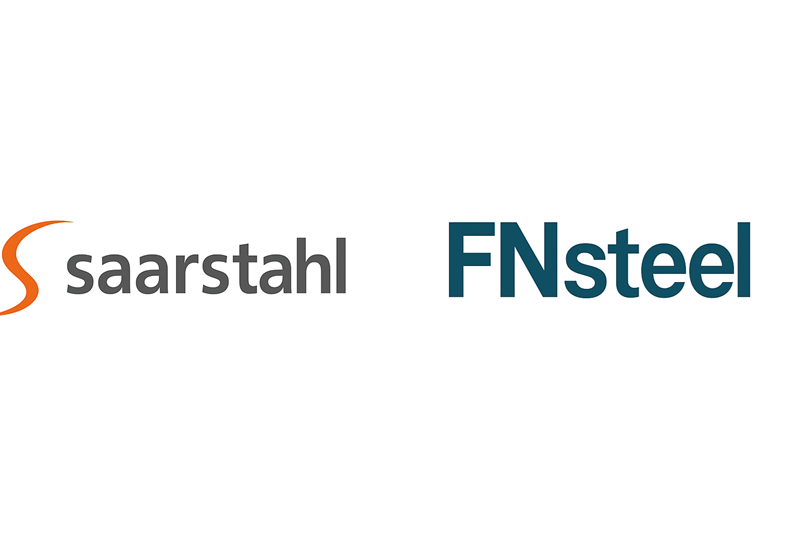Export prices for Russian steel billet continued to weaken in mid-August, as higher freight costs and sluggish demand weighed on the market. Quotations at Black Sea ports declined to $440–445/t FOB, down $5-10 from the previous week, with the market now anticipating further erosion toward $430/t.
In ruble terms, billet values have actually increased since late July, supported by the weakening currency. However, this divergence has offered little relief to exporters facing soft international demand. Mills across the CIS region have refrained from aggressive price cuts, banking instead on currency movements to preserve margins.
Türkiye remains the principal destination for Russian billet. By mid-August, offers were reported at $460–470/t CFR, including freight costs. Yet, buying appetite was capped at $455–460/t, highlighting the disconnect between seller expectations and achievable trade levels. The subdued outlook in Türkiye reflects a slowdown in construction activity, which has reduced demand for imported rebar. This in turn has pressured billet prices, as oversupply builds up in the region.
The construction sector continues to be the main driver of the bearish trend. Lower project activity in Türkiye and neighboring regions has weakened rebar consumption, which directly impacts billet offtake. With buyers adopting a wait-and-see approach, there is limited scope for a meaningful rebound in the short term. It's expected that billet prices will potentially test the $429–430/t level in the coming weeks.
The global steel market in 2025 remains characterized by oversupply, protectionist trade measures, and fragile end-user demand. OECD estimates excess steelmaking capacity at 602 million tonnes and expects further expansion, particularly through Chinese overseas investments.
Despite earlier expectations of restrained Chinese exports, volumes have continued to rise. Between January and July, Chinese steel exports grew by 11.4% year-on-year to nearly 68 million tonnes. This increase has been driven by weak domestic demand, forcing mills to redirect volumes abroad even as the US, EU, and parts of Southeast Asia impose defensive measures. China’s crude steel output in the first half of 2025 fell by 3% to 514.8 million tonnes, but this reduction has not eased pressure on global markets.
High freight rates remain a critical factor. Shipping costs, already elevated due to geopolitical risks and disruptions in global trade routes, have further undermined the competitiveness of Russian billet. Even when nominal prices appear attractive, higher freight charges can offset potential gains, particularly in price-sensitive markets.
Beyond Türkiye, steady demand continues in North Africa and the Middle East, where Russian billet maintains a foothold as long as logistics support competitive delivered prices. Southeast Asia also presents potential, but interest is typically tied to periods of lower freight costs. In this region, Russian exporters face stiff competition from Indian and Iranian material, which often arrives with favorable pricing and shorter transit times.









Comments
No comment yet.